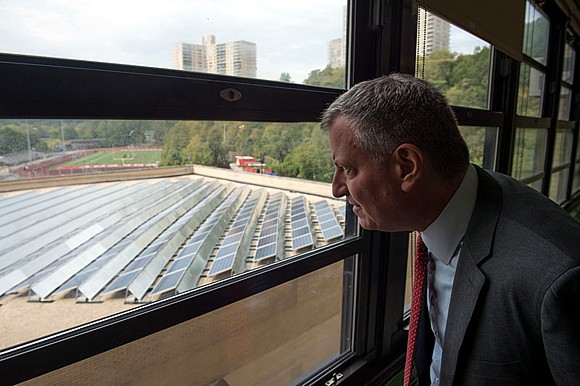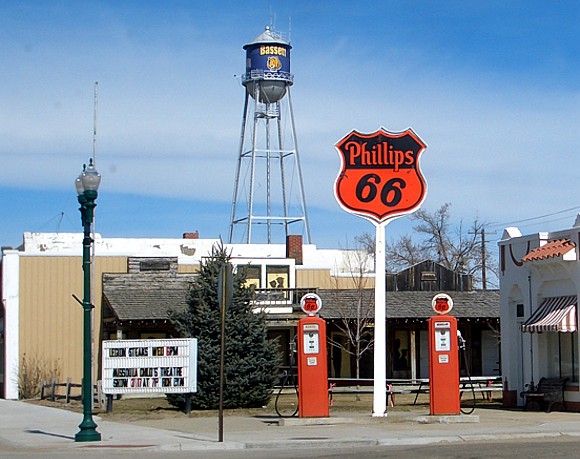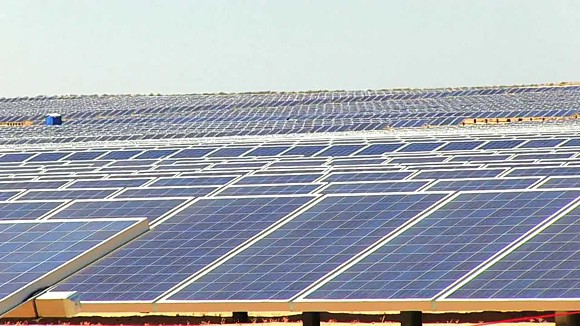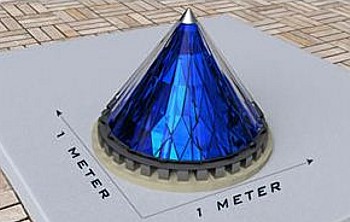New York State Rolling Out Plan To Make It More Affordable For School Districts To Install Solar
 October 1, 2014
October 1, 2014  Kyriaki (Sandy) Venetis
Kyriaki (Sandy) Venetis New York State has begun the roll out of a new program that will open opportunity for school districts across the state to participate in free consultations to see if implementing solar power is a beneficial option for them.
 Mayor de Blasio announced, this week, a major solar investment for city schools, which is a key component of a new green buildings plan. The mayor says the new installations, funded by the city and the NY-Sun Initiative, are the first steps toward installing 100 megawatts of new solar power on city-owned buildings. This is part of the city’s long-term goal to create an 80 percent reduction in greenhouse gas emissions by 2050. Photo courtesy of the City of New York.
Mayor de Blasio announced, this week, a major solar investment for city schools, which is a key component of a new green buildings plan. The mayor says the new installations, funded by the city and the NY-Sun Initiative, are the first steps toward installing 100 megawatts of new solar power on city-owned buildings. This is part of the city’s long-term goal to create an 80 percent reduction in greenhouse gas emissions by 2050. Photo courtesy of the City of New York.
The program, called K-Solar, is a joint partnership between the New York Power Authority (NYPA) and the New York State Energy Research and Development Authority (NYSERDA), in cooperation with the NYS Education Department.
NYPA says that it’s offering every school district in the state free access to its energy advisory consultation services, which will include:
- collaborating with districts to see if their schools are suitable for solar energy.
- estimating the potential savings on a school district’s future energy bills.
- working with school districts to find suitable solar companies to partner with.
NYPA said the schools that will be the best candidates for the program will have adequate open space either in the yard, parking lot, or roof. These areas will also preferably be south-facing with no shading or obstructions.
Also, another feature of the K-Solar program is that the school districts that decide to go forward with the systems will not be responsible for the installation and maintenance costs.



